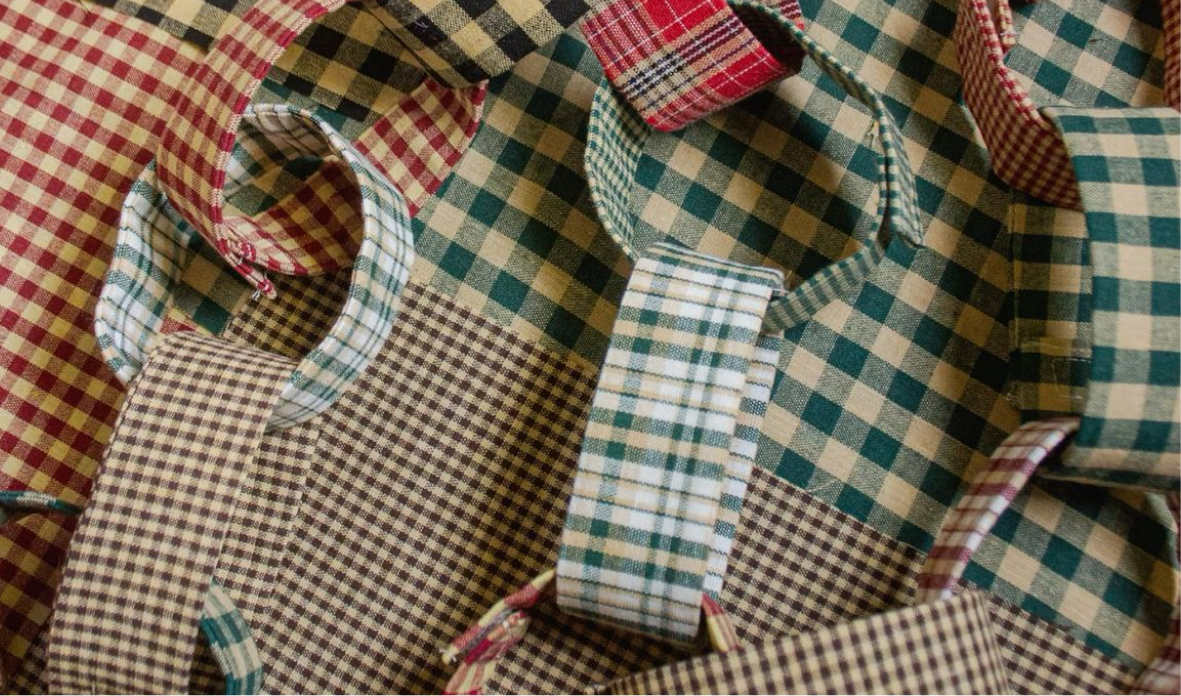How Sustainable is Tencel Lyocell?

Join the community





If you're considering transitioning from fast fashion to more responsible choices, you've likely come across TENCEL Lyocell. This fiber is renowned for its softness and sustainability. Let's explore whether it is a sustainable option for your wardrobe.
What is TENCEL Lyocell?
The Austrian company Lenzing AG owns the brand name TENCEL™ and produces three types of fibers under it: TENCEL Lyocell, TENCEL Modal, and TENCEL Luxe.
The terms Tencel and Lyocell are often used interchangeably in the fashion industry as Lyocell is TENCEL's most widely recognized fiber.
The process of making Lyocell involves using wood pulp sourced from trees such as birch, beech, spruce, and eucalyptus. Manufacturers dissolve this wood pulp in a solvent and push it through an extruder to create fibers. They then spin these fibers into yarns, which they weave or knit into clothes.
Even though Lyocell originates from natural sources, it’s manufactured using chemical solvents, making it a manmade fiber. Tencel is often compared to rayon (viscose), a fiber also made from cellulose of wood pulp or cotton.
Is Tencel Lyocell breathable?
Lyocell, known for its softness and breathability, is an extremely versatile fabric. It suits everything from casual wear to underwear to activewear.
In a blind comparison test, for softness, Tencel outperformed all other cotton or cotton-blended sheets.
Its outstanding absorption capacity, breathability, and reduced susceptibility to odorous bacteria growth make Lyocell the go-to material for activewear. These characteristics also make it a top choice for bedding, intimate apparel, and loungewear.
Lyocell drapes excellently and resists wrinkles. Its ability to hold dye well allows for vibrant color offerings.
It might cost slightly more, but its longevity reduces the need for frequent replacements, making it a better choice for your pocket and the environment.
Is Tencel sustainable?
Lyocell ranks higher in terms of planet-friendliness than rayon and cotton, but not as high as organic linen or recycled cotton.
Lyocell outperforms rayon and cotton in sustainability as its production requires less energy and fewer chemicals, but it falls behind recycled cotton. Studies show that Lyocell's production consumes 40% less non-renewable energy than cotton, even though it involves harsh chemicals and dyes.
The production of Lyocell leverages wood from sustainably managed forests and requires less harmful chemicals. In the Tencel production process, manufacturers recover and recycle 99% of the chemicals and solvents used to break down the wood pulp, enhancing its sustainability.
Even though Lyocell may not be the most sustainable option, it surpasses many others in sustainability.












